Taiyuan Confucian Temple
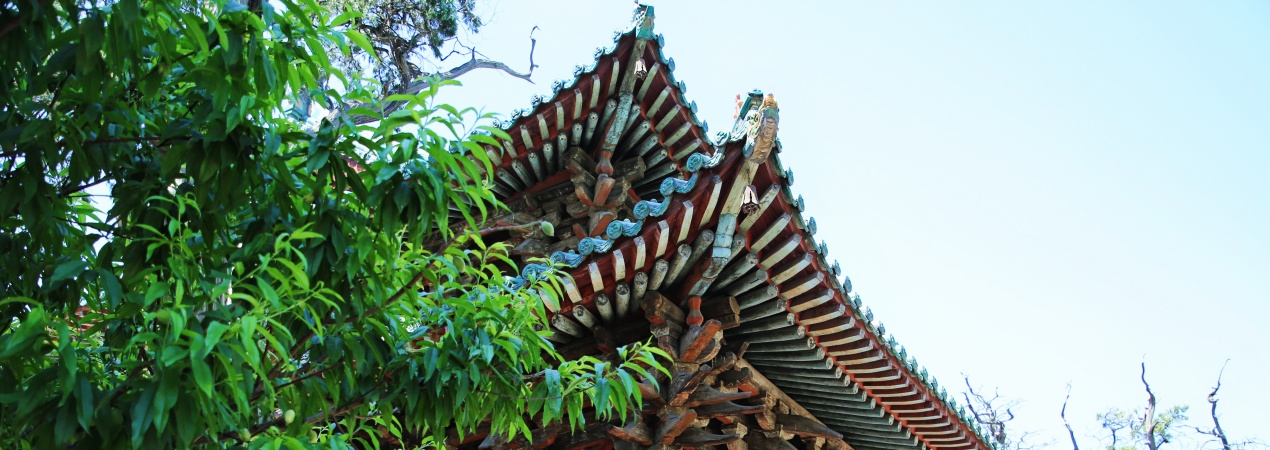
Taiyuan Confucian Temple, now part of Shanxi Archaeological Museum, mixes Confucian culture and archaeological finds. Its buildings include Lingxing Gate, Dacheng Hall and Chongsheng Shrine—Lingxing Gate is simple and solemn, Dacheng Hall is the core, Chongsheng Shrine stands as an independent courtyard. Once used to worship Confucius, it now shows Shanxi's archaeological discoveries. It displays traditional architecture's beauty, holds Confucian culture and history, and is a key place to feel cultural roots.
- Chinese name: 太原文庙 Tài Yuán Wén Miào
- Recommended Duration: 2 - 3 hours
- Entrance Fee: RMB 30
- Opening Hours: 9:00 - 17:00 (admission stops at 16:00), closed on Mondays. Admission is free on the third Wednesday of each month.
- Best time to visit: March to May, September to November
- Address: No. 3, Wenmiao Lane, Yingze District, Taiyuan City, Shanxi Province
-
How to get there:
By bus: Take bus routes 1, 4, 10, 103 and get off at the Wucheng Road stop
By subway: Take Line 2 and get off at Dananmen Station, then walk for about 10 minutes
Highlights of Taiyuan Confucian Temple
Lingxing Gate
Taiyuan Confucian Temple's Lingxing Gate is a key gateway to the complex. It has a simple, solemn form—usually a multi-bay stone or wooden archway with fine carvings, their patterns holding lucky meanings. As a landmark, it symbolizes Confucius matching the celestial Lingxing and shows the temple's high status. It has both the craft beauty of traditional buildings and Confucian culture's focus on knowledge and education, letting visitors directly feel the temple's rules and cultural meanings.
Dacheng Hall
Taiyuan Confucian Temple's Dacheng Hall is its core, seven bays wide and five deep. With a single-eave gable and hip roof of blue glazed barrel tiles, it looks grand, solemn and ancient. As the main hall for worshipping Confucius, it once held his and his disciples' memorial tablets; its details show respect for Confucian culture. The wide front platform, once used for sacrificial music and dances, still brings up the solemn feel of ancient Confucius-worshipping rituals. It shows fine traditional building skills and holds deep Confucian culture.
Chongsheng Shrine
Taiyuan Confucian Temple's Chongsheng Shrine stands north of Dacheng Hall, an independent courtyard. The central Chongsheng Hall, a five-bay, single-eave glazed gable-roof building with green glazed tiles, has a gentle brick platform out front. East and west auxiliary halls each have three bays with grey-tiled hip roofs. Once called Qisheng Shrine, it mainly honored Confucius' ancestors; later, his wife's memorial tablet was moved here too. Its solemn style shows Confucian filial piety and family ethics, respecting Confucius and his family roots. Inside, one deeply feels the traditional Confucian respect and remembrance for ancestors.
Educational Value
Taiyuan Confucian Temple is key to showing Confucian culture. Its Lingxing Gate, Dacheng Hall, Chongsheng Shrine and related rules let people see clearly ancient Confucian temples' layout, functions and the tradition of respecting teachers and valuing education. It also gathers Shanxi's archaeological finds. The museum's relic shows tell the history, social life and cultural development of the area and even the Central Plains, offering the public a vivid class to touch history and understand civilization's passing.
Activities to do at Taiyuan Confusion Temple
Visiting Exhibitions: The Confucian Temple, part of Shanxi Archaeological Museum, often holds various archaeological shows. Take "Exhibition of Shanxi's 13th Five-Year Archaeological Achievements" – it shows Shanxi's great finds from that period, with many relics and details. Themed exhibitions exist too, like "Auspicious Snakes: Snake-shaped Relics Unearthed in Shanxi". These let visitors feel how ancient people understood natural creatures.
Drop us a line and we'll connect you with the top China expert in no time!
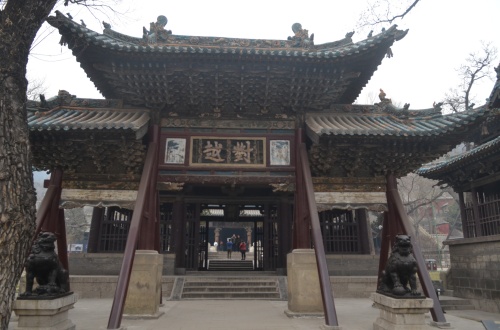 Jinci Temple
Jinci Temple 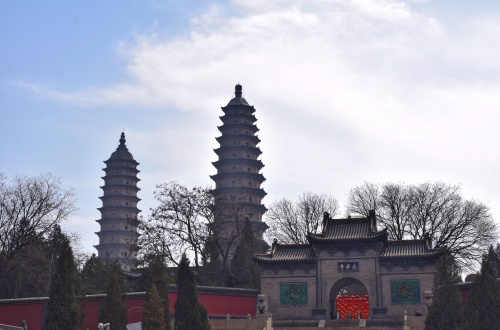 Taiyuan Twin Pagoda Temple
Taiyuan Twin Pagoda Temple 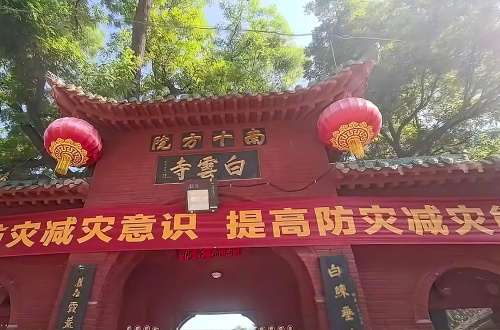 Taiyuan Baiyun Temple
Taiyuan Baiyun Temple 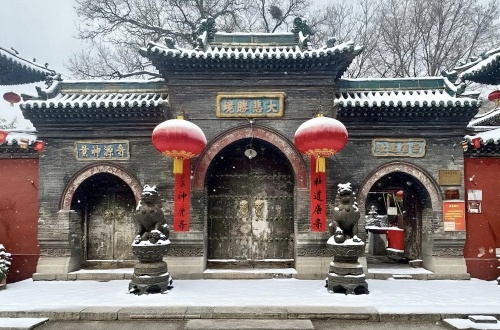 Chongshan Temple
Chongshan Temple